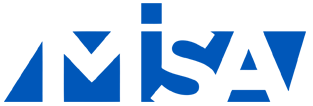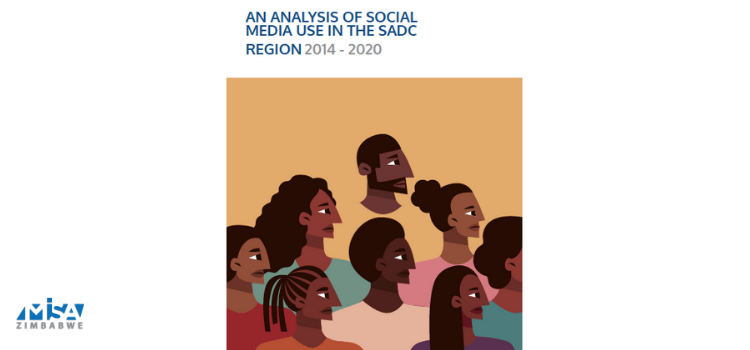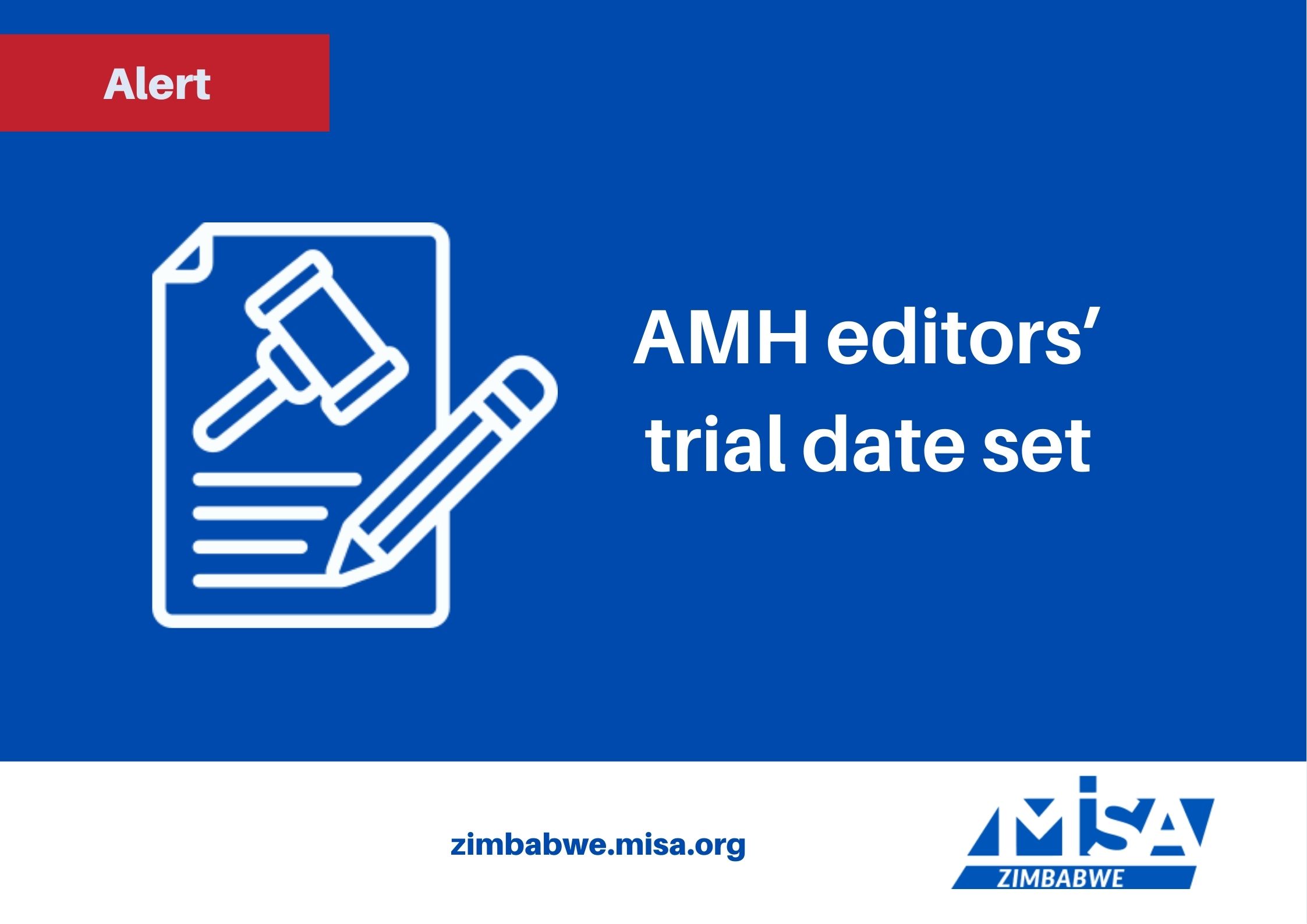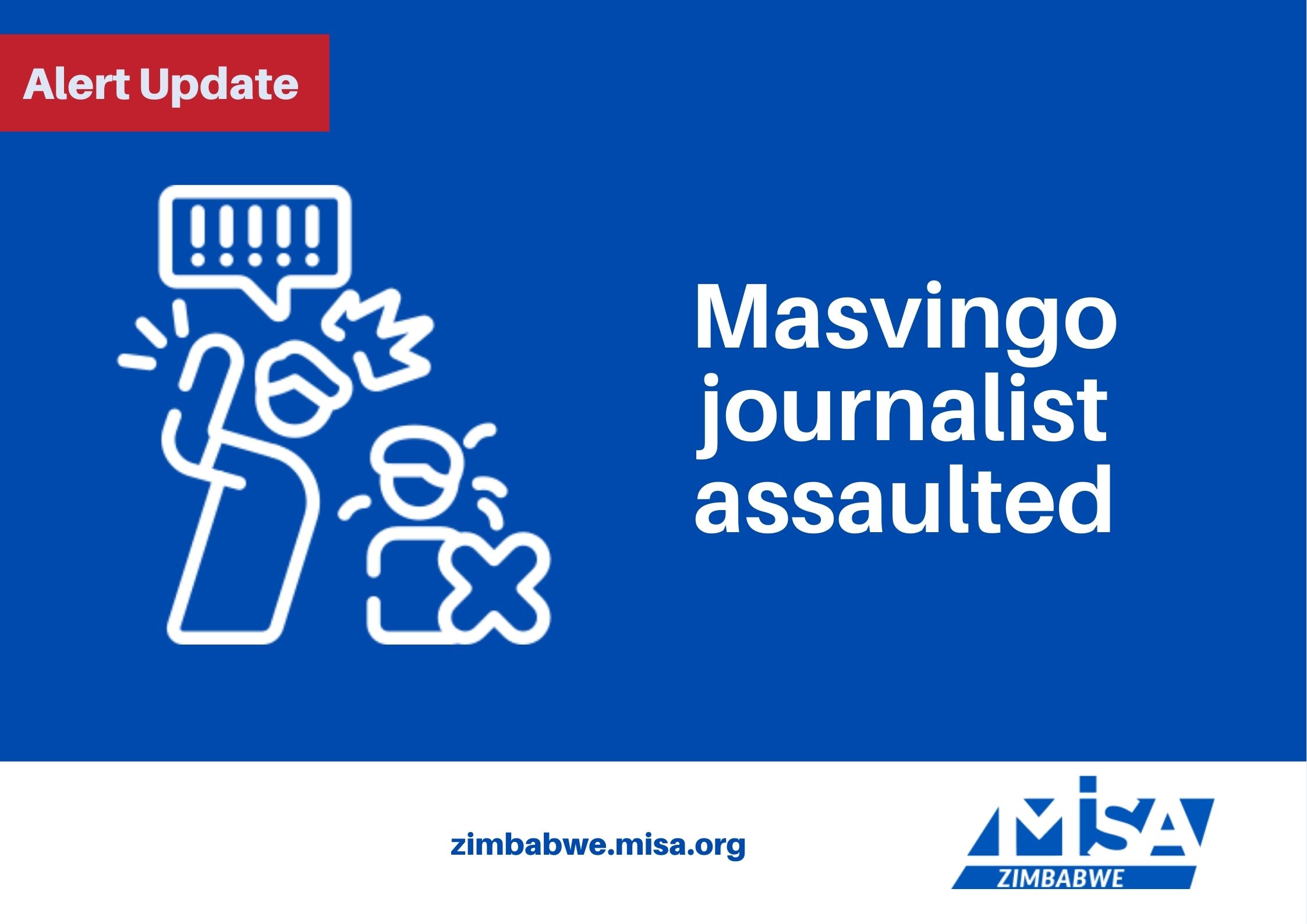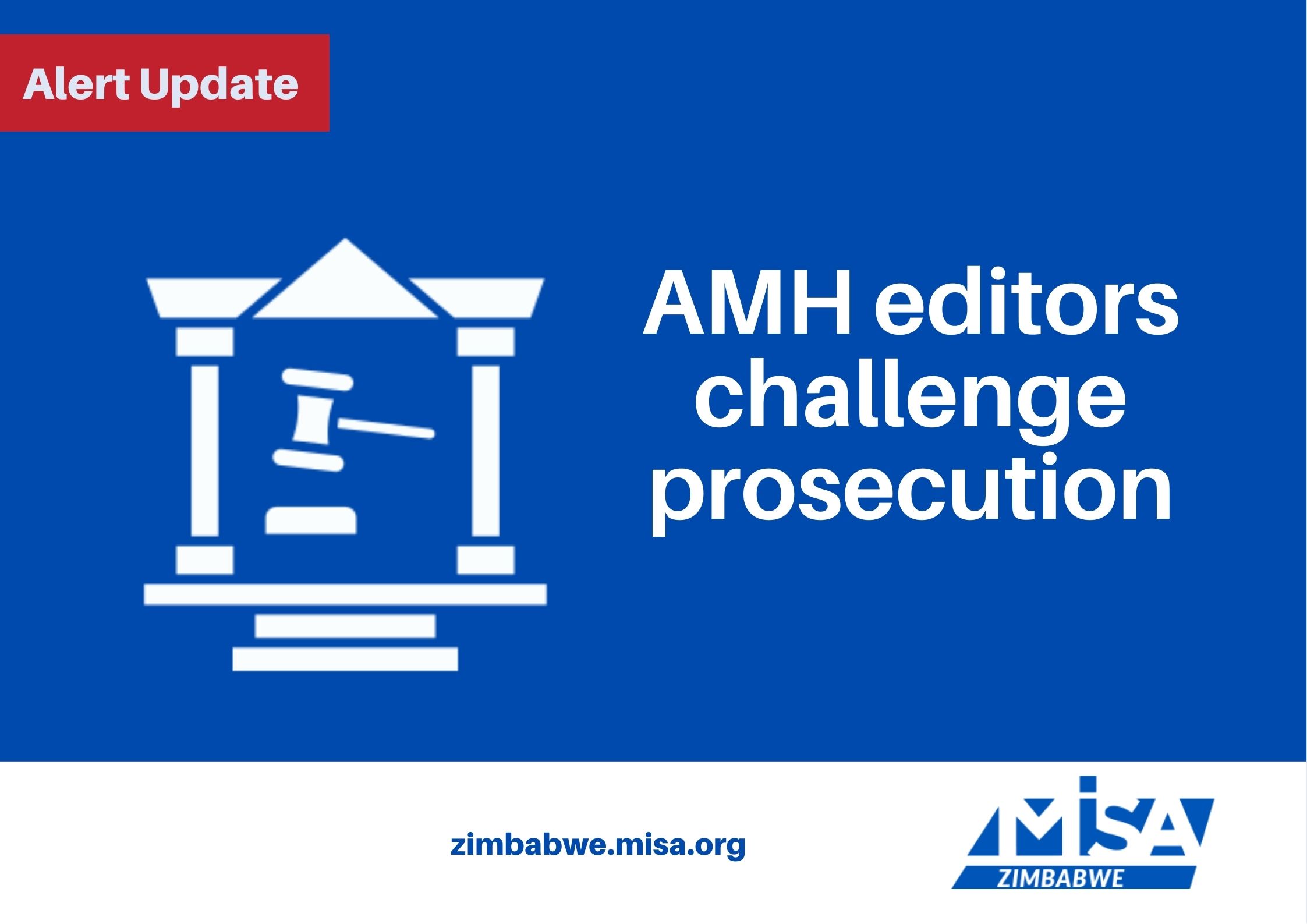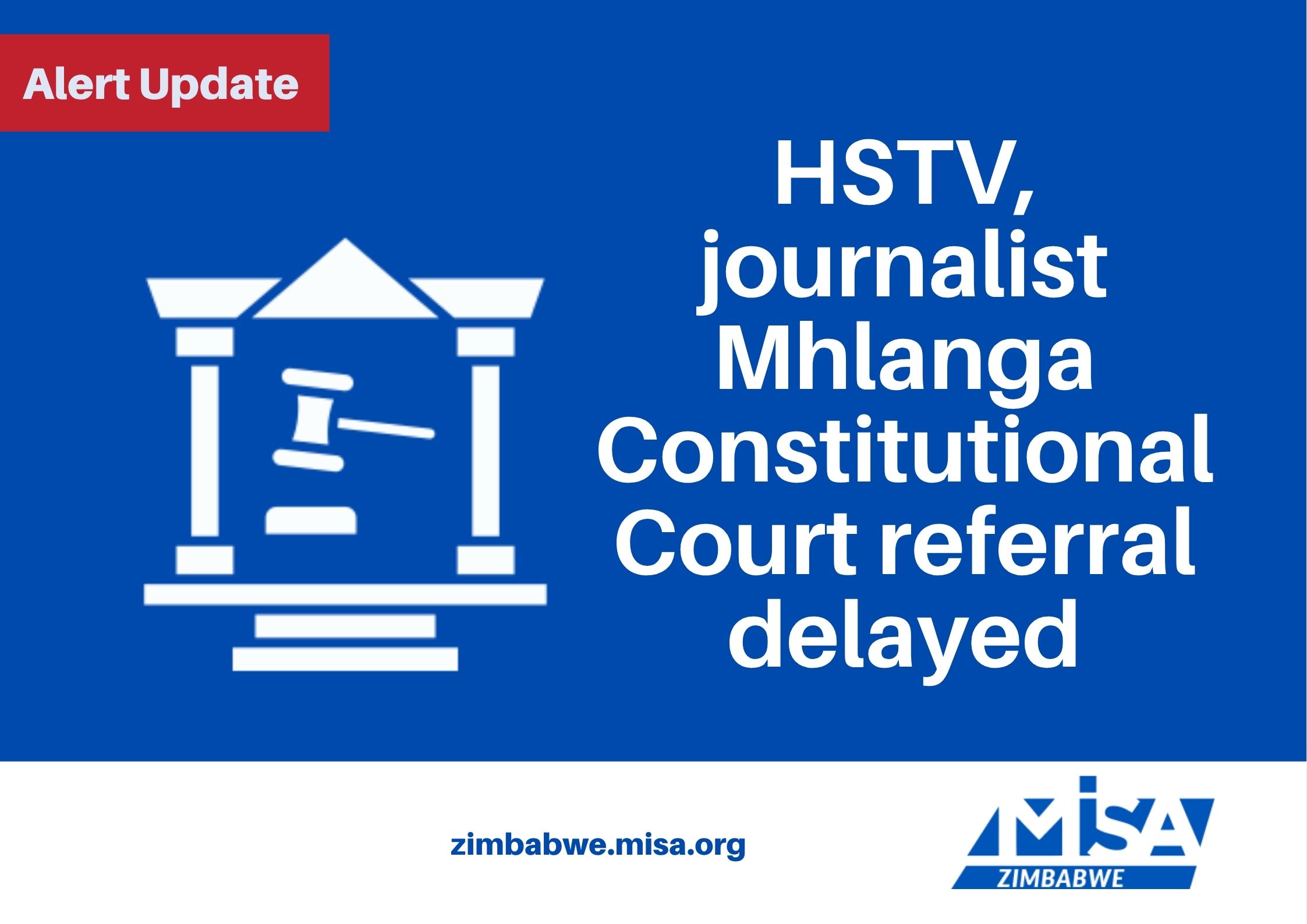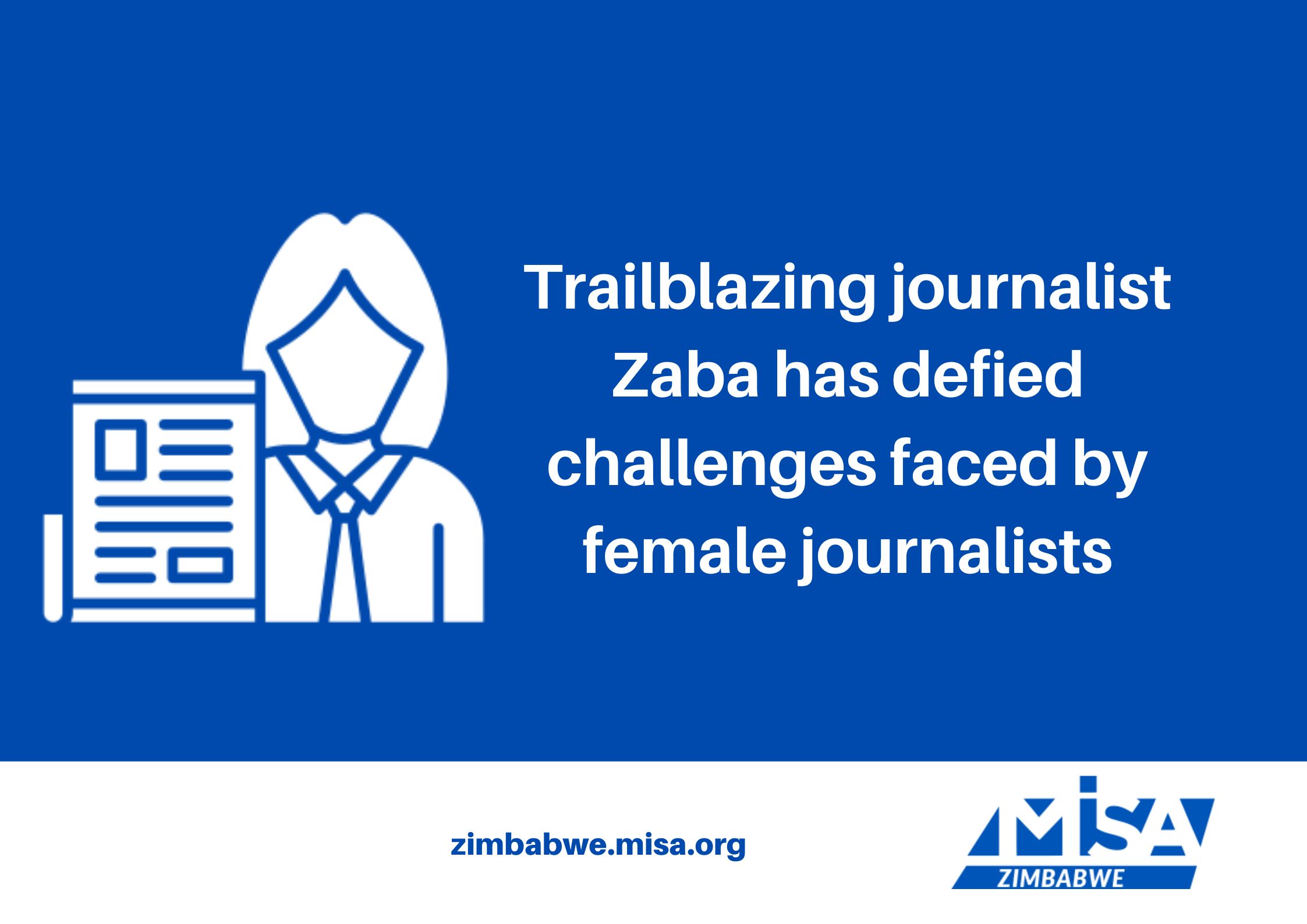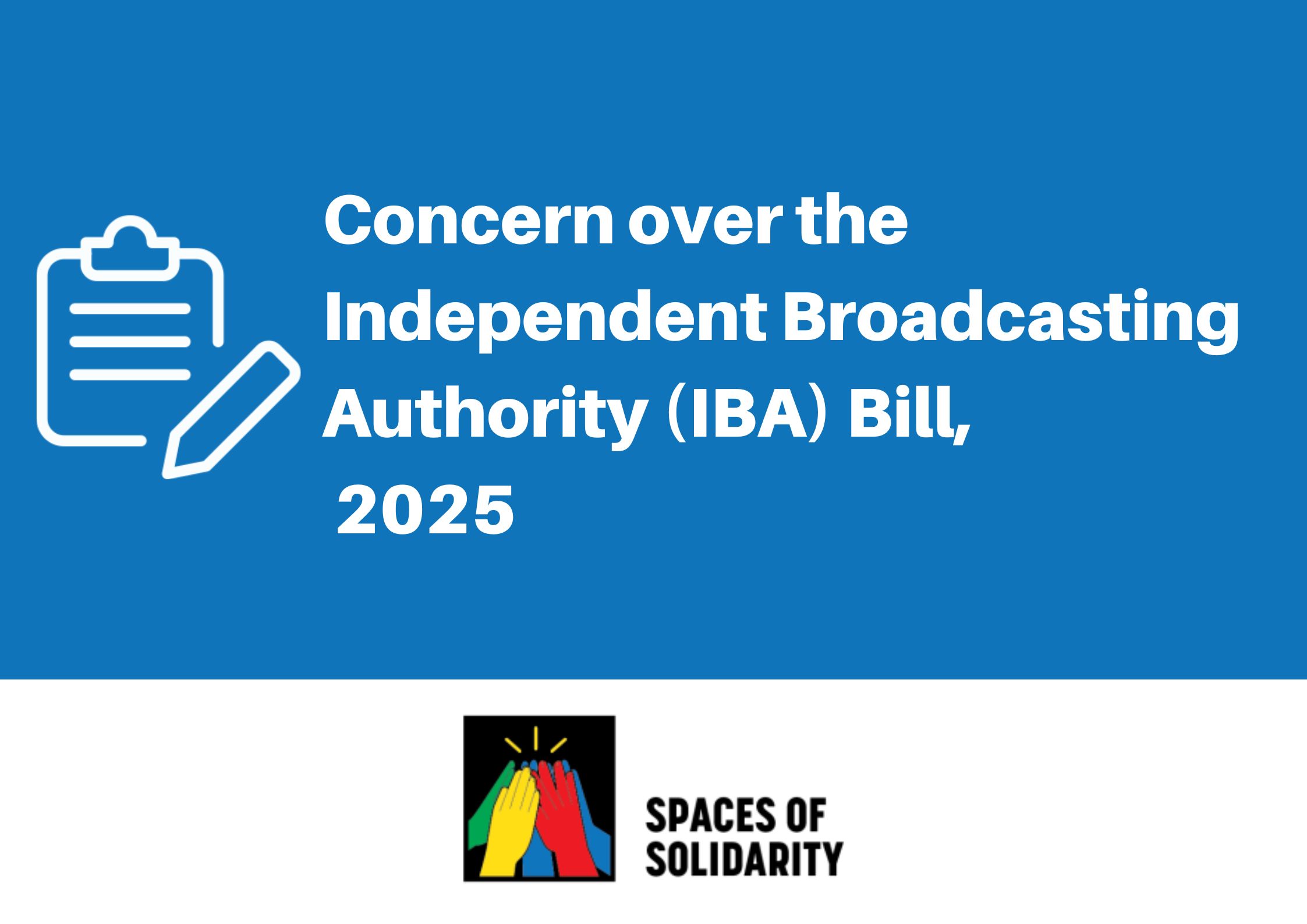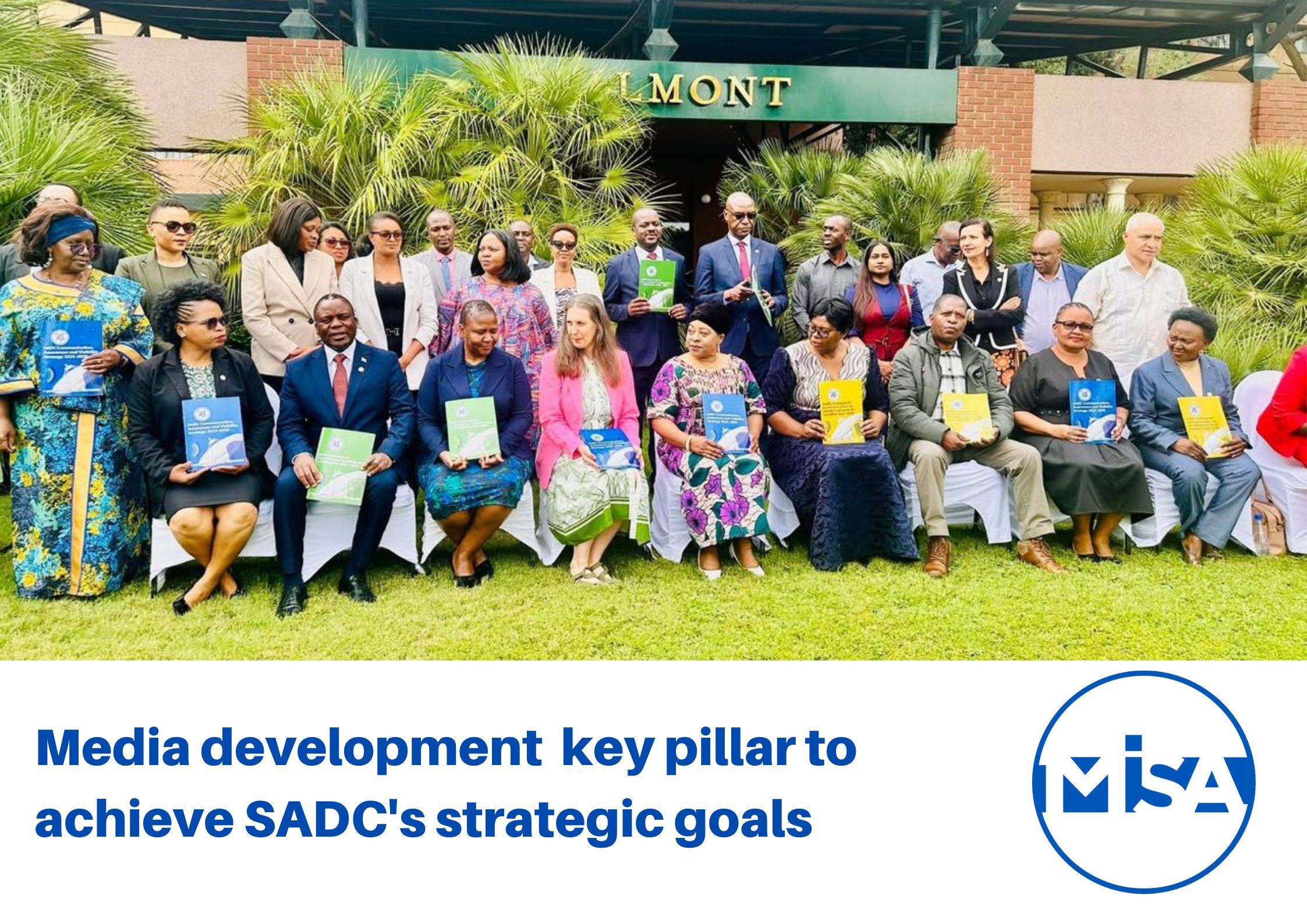MISA Zimbabwe is proud to announce the launch of its Social Media report on the SADC region named; An analysis of Social Media use in The SADC region: 2014- 2020.
The report was launched at the Internet Governance Conference on Tuesday 29 September 2020. Below is a background to the report:
Social media (SM) are/is more or less open, interactive and participatory platforms that allow users to communicate as well as to establish and maintain relationships. Social media has in recent years spread rapidly all over the world, and with approximately 7.7 billion people in the world, 3.5 billion are users of online platforms; Social media platforms are used by one-in-three people in the world, and more than two-thirds of all internet users.
The rapid and vast adoption of Social media is changing how people find partners for their relational, professional, academic and business needs, access information from the news and organize to demand political change.
The use of social networks also provides opportunities and also threats in relation to the digital rights of individuals as well as for the common good. In order to protect the fundamental rights of third parties and the public interest (e.g. security and public health), the government must meet certain legal requirements, to ensure digital rights are protected and enjoyed by all.
The right to freedom of expression as enshrined in Article 19 of the Universal Declaration of Human Rights provides that everyone has the right to freedom of opinion and expression; this right includes freedom to hold opinions without interference and to seek, receive and impart information and ideas through any media and regardless of frontiers. This, therefore, includes the use of social media to express one’s opinions or views. Free speech and expression is the lifeblood of democracy, facilitating open debate, the proper consideration of diverse interests and perspectives.
The aforementioned rights work together with the right to privacy, recognized in article 12 of the Universal Declaration of Human Rights, Article 17 of the International Covenant on Civil and Political Rights and in many other international and regional human rights instruments.
Privacy can be considered as the presumption that individuals should have an area of autonomous development, interaction and liberty, a “private sphere” with or without interaction with others, free from State intervention and from excessive unsolicited intervention by other uninvited individuals.
In the digital environment, informational privacy, covering information that exists or can be derived about a person and her or his life and the decisions based on that information is of particular importance.
The paper is structured in five interconnected parts: Firstly, it introduces key concepts, principles and literature within the regional context; secondly, it looks at key social media statistics and data from the region; thirdly, it focuses on a specific country case studies. It then addresses issues of access, affordability and availability of social media and lastly, proffers recommendations and gives a conclusion.
The analysis of Social Media use in The SADC region: 2014- 2020 report is available for download.
